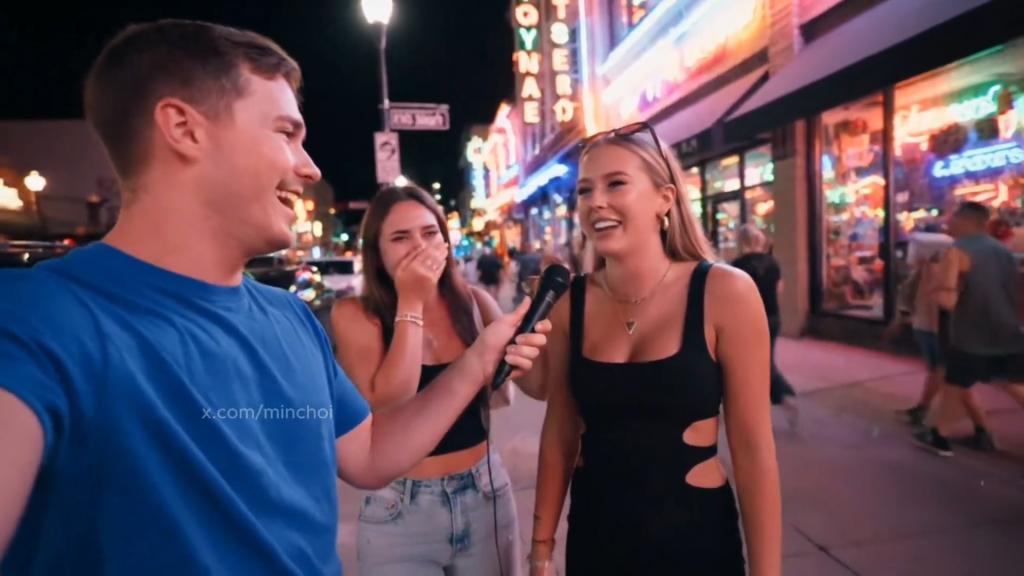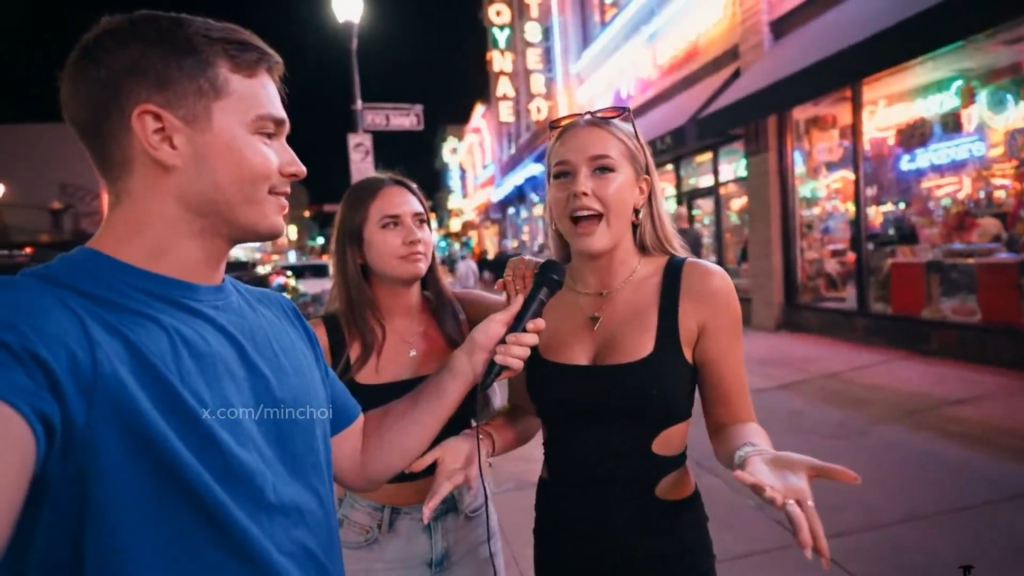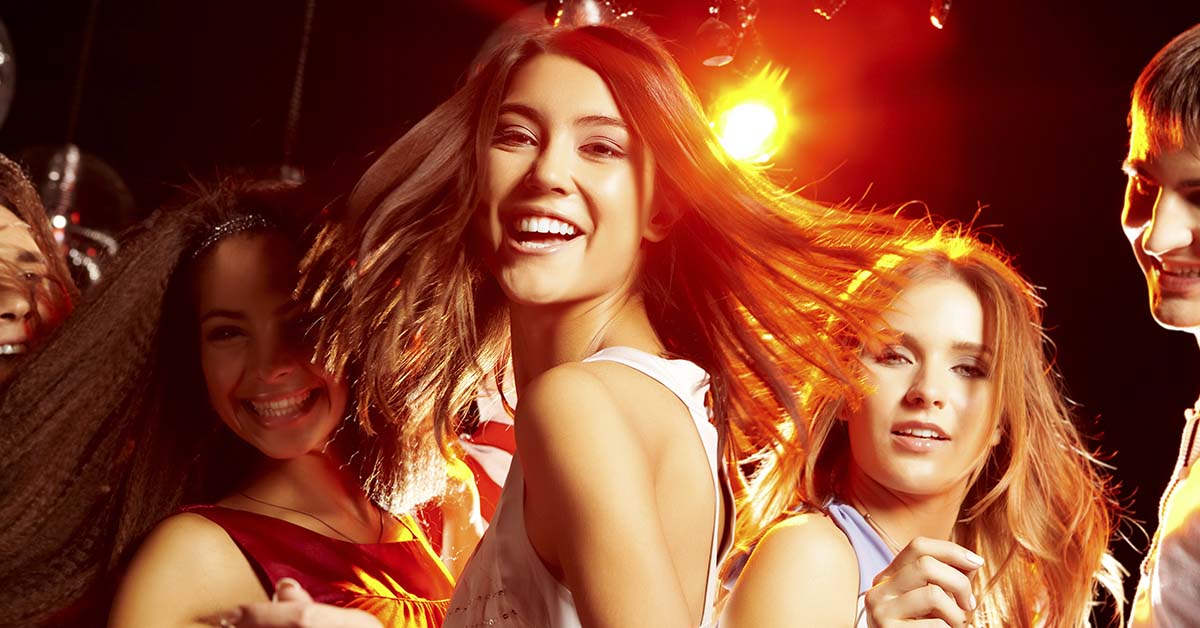Last week, a street interview fooled everyone entirely. The woman confidently discussed AI making ‘haters go crazy’ while an interviewer listened intently. Someone watched from behind as pedestrians moved naturally through the nighttime scene. Everything looked completely authentic. Then someone revealed the truth, and people felt uncomfortable. Google DeepMind’s Veo 3 generated this entire 8-second clip from a simple text prompt. The bustling street, the confident woman, the interviewer nodding along… none of it ever happened.
When Reality Gets a Software Update
Previous AI videos looked fake. You could always tell something was wrong, that weird uncanny valley feeling where everything seemed almost human but not quite. But this street interview changes everything.
The facial expressions sync perfectly with words. Hand gestures feel completely natural. Even the way the light hits the scene looks authentic. Industry experts note that ‘for the first time, we’re emerging from the silent era of video generation.’ Here’s the thing that’ll mess with your head: those micro-expressions, that attentive posture, and the cinematic lighting would’ve taken human crews hours to capture.
Read More: 9 Risks and Dangers of Artificial Intelligence
The Business Revolution Nobody Saw Coming
So what made this business revolution possible? The technology finally caught up to what companies needed.
Previous AI video tools created obvious fakes. Choppy movement, weird facial expressions, silent clips that needed separate audio work. Companies couldn’t use that for real marketing. Customers would spot the artificial look immediately.

Veo 3 broke through those barriers. While OpenAI’s Sora maxes out at 1080p silent videos, Google’s system generates native 4K with synchronized audio. That means companies can create polished YouTube content that looks professionally shot. One filmmaker explains that ‘it feels like it’s almost building upon itself’ when working with the technology.
Here’s what makes the difference technically. Sora processes videos like assembling puzzle pieces, frame by frame. Coffee cups vanish mid-conversation, and jackets change color between cuts. The new tool understands video as flowing motion where audio, lighting, and movement blend naturally together. Objects stay consistent. That’s why conversations in that street interview sounded authentic instead of dubbed over.
Companies can finally create content that passes the authenticity test their customers demand. No more obvious AI tells. No more expensive reshoots when something looks off.
Veo 3 Changes Everything
That street interview video broke something fundamental. Not just about what’s real, but about what’s possible for businesses.
Companies needed professional-quality videos they could use for marketing. Google’s system delivered native 4K with synchronized audio, the kind of quality that passes for professional content.
One filmmaker explains that ‘it feels like it’s almost building upon itself’ when working with the technology. The system treats video as flowing motion where audio, lighting, and movement blend naturally together.
That’s why conversations sound authentic instead of dubbed over. Lips sync perfectly with words. Background sounds complement the scene rather than feel artificial. The system includes SynthID watermarking technology that embeds invisible signatures to help identify AI-created content.
Companies can now create YouTube bumpers through Google’s Flow interface that look professionally shot. The entire production pipeline just shifted from weeks of coordination to type a description. But here’s what’s concerning about the timing.
Read More: Artificial Intelligence Finds A Powerful New Antibiotic For The First Time
The Reality Check
This breakthrough arrives as a society already struggles with information authenticity. Deepfakes, manipulated photos, and fabricated news stories flood social platforms daily. Now AI can generate convincing 4K video content indistinguishable from reality.

The street interview we started with demonstrates why this matters. Without disclosure, you’d never question its authenticity. Every lit storefront, every pedestrian movement, every ambient sound from the lively commercial district supports the illusion perfectly. SynthID watermarking offers some protection, but only works if platforms actually enforce detection systems.
Studies show that people trust video evidence more than photos or text. Our brains evolved to process visual information as reliable proof of events. Veo 3 exploits that evolutionary blind spot completely. Consider election cycles, legal proceedings, or crises where video evidence shapes public opinion.
Meanwhile, bad actors can access similar technology through various platforms. The gap between protective measures and potential misuse keeps widening. When AI can generate footage this convincing, maintaining shared reality becomes much harder.
Remember that opening scene: three people in a vibrant urban setting, having a genuine conversation about AI. Except now you know the entire bustling street with its shops and restaurants was generated from text. That realization should make you pause before trusting your next viral video.
When Seeing Isn’t Believing
Google charges $249 a month to break reality through its AI Ultra plan. That puts Hollywood-level video creation in the hands of small businesses, independent creators, and, unfortunately, anyone with bad intentions.
Companies will create content faster than ever, but they’ll also lie faster than ever. Industry projections show over 100,000 US film, television, and animation jobs getting wiped out by AI before 2026. Google’s keeping Veo 3 in limited release for now, but that won’t last long.
Your brain still thinks video means truth. Evolution wired us to trust what we see, which made that street interview feel completely real. Veo 3 just shattered that assumption.
Every viral video could now be generated text. The woman discussing AI, the nodding interviewer, the guy covering his mouth in surprise, someone just typed a few sentences and created all of it. Welcome to a world where seeing isn’t believing.
Read More: Artificial Intelligence Offers New Look at Jesus Using Shroud of Turin

